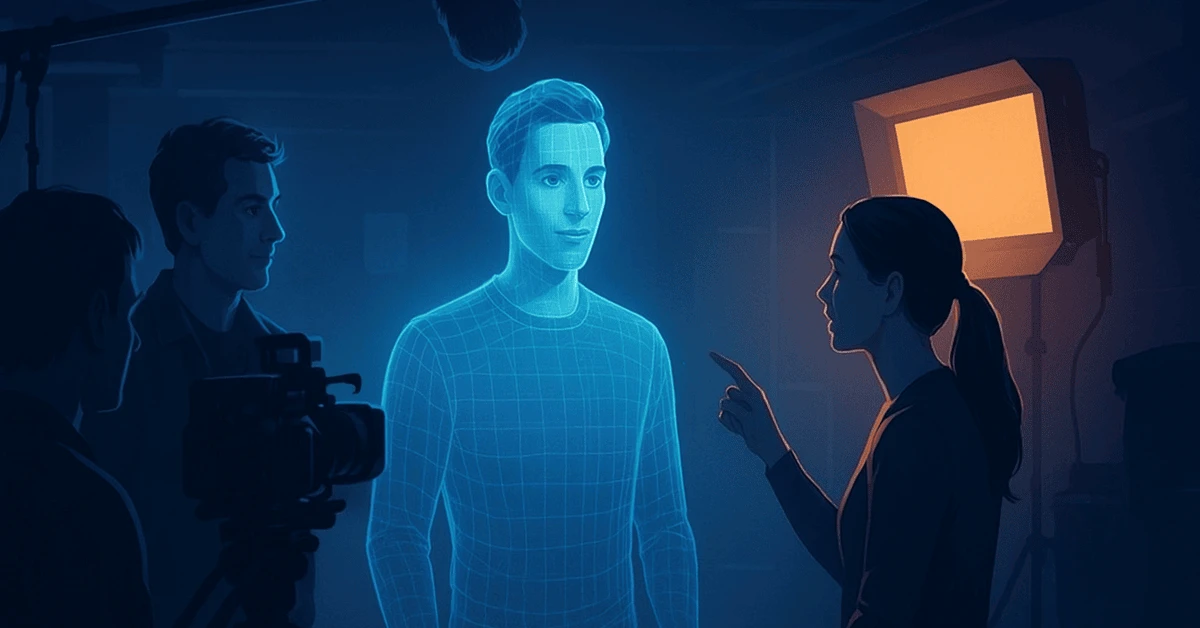Last Updated: October 5, 2025
Why Retired Cricketers Are Now Competing on YouTube, Not in Commentary Boxes
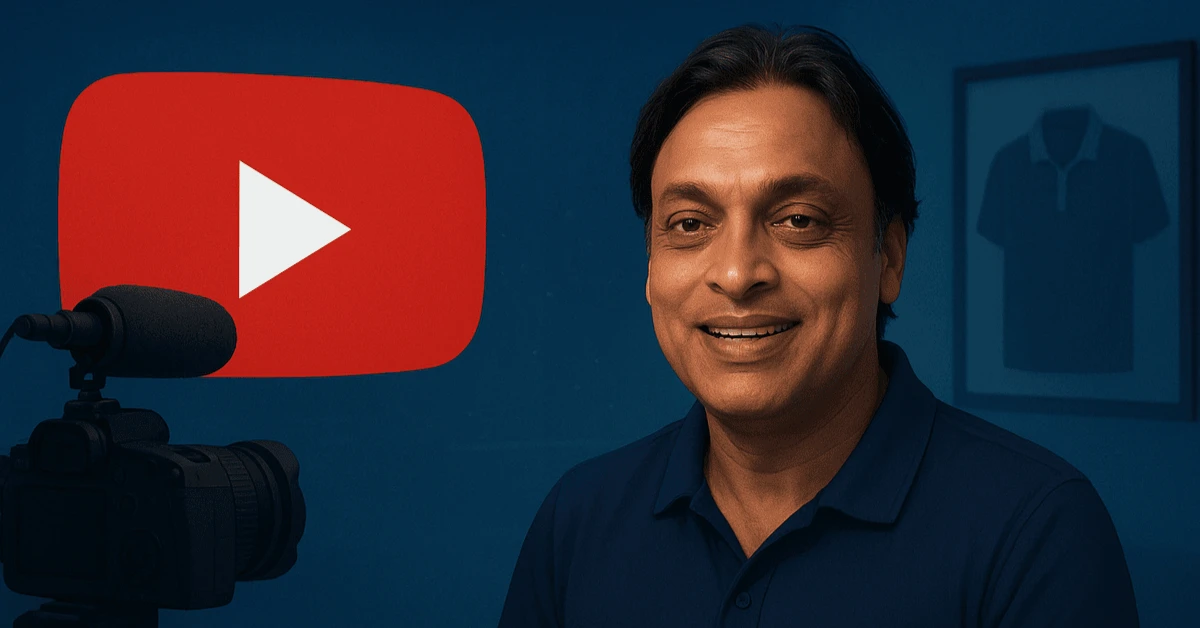
For decades, retired cricketers had only two natural paths — commentary or coaching. But today, the post-retirement pitch has shifted online. Instead of sitting behind a microphone in glossy studios, many former cricket stars are setting up cameras in their living rooms, talking straight to millions on YouTube. From Wasim Akram to Shoaib Akhtar, from Aakash Chopra to Michael Vaughan — the commentary box is being replaced by a comment section.
The Fall of the Traditional Commentary Dream
In the past, being invited into a commentary box was a badge of honor. It meant you had “made it” beyond the boundary. But television commentary today isn’t what it used to be. Most broadcasters have tight editorial control, restrict bold opinions, and are driven by sponsors rather than sportsmanship. Retired players, used to raw honesty on the field, feel suffocated in this environment.
“On TV, you can’t say what fans are already saying,” one former player revealed anonymously. “If a big name plays poorly, you’re told to ‘keep it positive.’ But fans aren’t fools anymore.”
The Rise of the YouTube Cricketer
On YouTube, freedom is the new currency. A retired cricketer can speak unfiltered truth about team selections, captaincy blunders, or internal politics — things TV channels avoid. The result? Explosive fan engagement, viral clips, and a digital following that sometimes outnumbers the channels they left behind.
Cricketers like Shoaib Akhtar transformed their post-retirement identity into powerful online brands. His raw style — sometimes fiery, sometimes funny — brought in millions of views. Others followed: Aakash Chopra turned analysis into storytelling, while Michael Vaughan turned debates into clicks.
It’s Not Just About Views — It’s About Power
When a player builds a YouTube empire, he controls the narrative. No producer edits his opinions. No ad break cuts his sentences. The same cricketer who once waited for broadcasters to call now gets sponsorship deals directly from global brands. Financial independence and opinion freedom — that’s the real game-changer.
In fact, many YouTubers earn more monthly than they did from commentary contracts. The model is simple: ad revenue, sponsorships, and personal brand tie-ups — with fans as loyal followers, not passive viewers.
From Bats to Cameras: The Skill Shift
Interestingly, the cricket skills that made these players famous — confidence, timing, and crowd reading — are the same that make them successful YouTubers. Their experience translates perfectly into digital charisma. The difference? Instead of facing bowlers, they now face algorithms.
And they’ve learned fast: thumbnails, retention graphs, click-through rates — retired cricketers are now studying analytics the way they once studied spin bowling.
Why Fans Prefer YouTubers Over Commentators
Fans today crave authenticity. They don’t want “corporate cricket talk”; they want emotional, passionate takes. YouTubers can deliver this without filters. Viewers can comment, react, even argue — creating a sense of belonging missing in broadcast TV.
For younger fans, YouTube isn’t “alternative media.” It’s the main stadium. Commentary boxes are losing relevance the same way radio commentary did two decades ago.
The Future: Cricketers as Media Houses
What started as personal channels are now becoming mini sports networks. Many ex-cricketers hire editors, social teams, and data managers. They cover live matches, reaction videos, even sponsor collaborations. Tomorrow’s cricket media won’t be run by networks — it’ll be run by the players themselves.
And that’s poetic justice. For years, broadcasters controlled the players’ voices. Now, the players control the broadcast.
FAQs
Why are so many retired cricketers joining YouTube?
Because it gives them full control over their opinions, allows direct fan interaction, and often pays better than commentary contracts.
Do commentary channels restrict cricketers’ opinions?
Yes. Most TV networks have commercial and political pressures that limit what commentators can say about teams, players, or boards.
Is YouTube a sustainable income for retired players?
Absolutely. With ad revenue, sponsorships, and growing digital audiences, many cricketers now earn consistent monthly incomes online.
Will this trend affect sports broadcasting?
Yes. As more fans move online, networks will lose monopoly over sports opinions — forcing them to adapt or lose relevance.
You May Also Like:
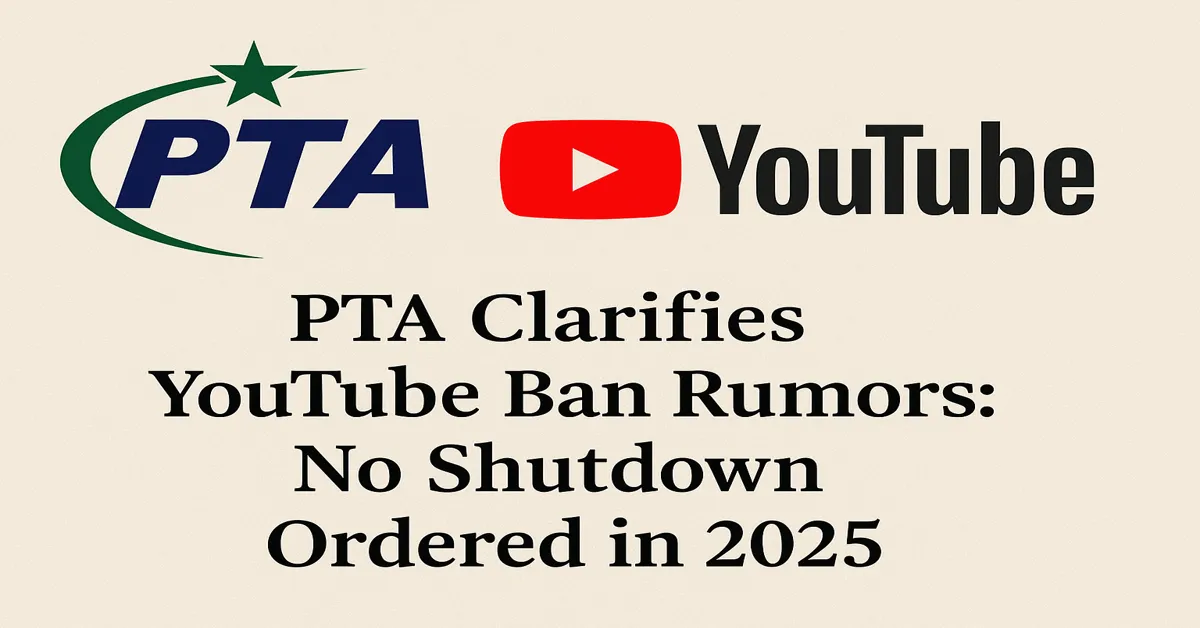
PTA Clarifies YouTube Ban Rumors: No Shutdown Ordered in 2025...
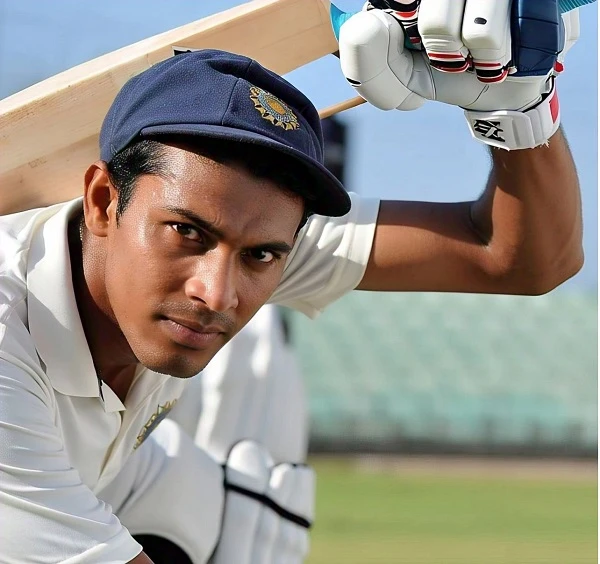
Top 10 Most Underrated Cricketers Who Deserved More Recognition...

The Billion-Dollar Boom: Why Women’s Sports Are Now a Marketing Goldmine...
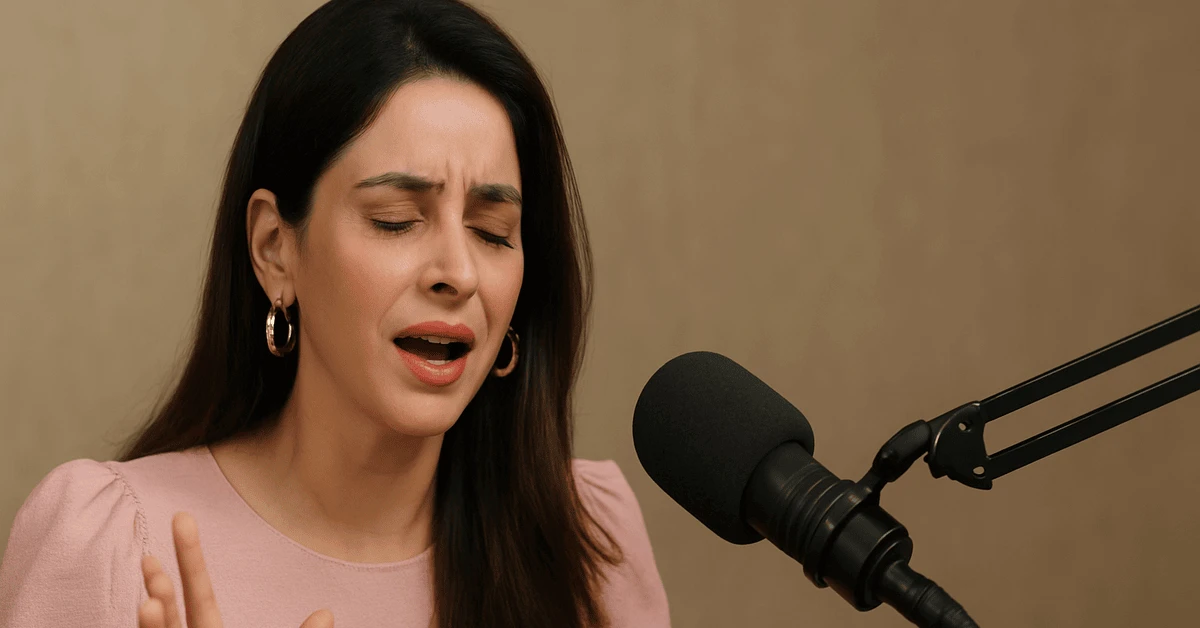
Saba Qamar vs Karachi: What she said, what critics said and where she stands now...

This Tiny Device Can Now Detect Cancer in Minutes – Here’s How...
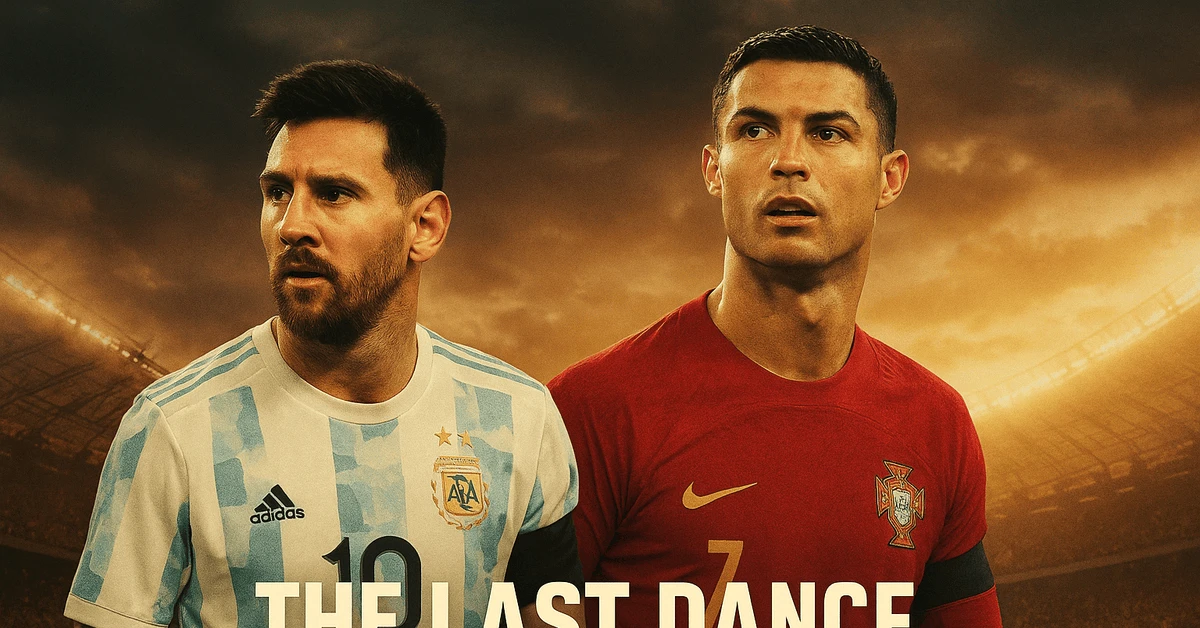
The Post-Messi-Ronaldo Era: Who’s Really Carrying Football’s Global Popularity Now?...

Why Pakistan Doesn’t Produce Many Tennis Stars: Problems, System Gaps and the Way Forward...
